Why Belgrade Is Europe’s Best Kept Secret
When travelers dream of Europe, their minds often jump to the Eiffel Tower’s glimmer in Paris, the romantic canals of Venice, or the ancient ruins in Rome. Yet tucked away at the confluence of the Sava and Danube rivers lies a city that defies expectations, brims with energy, and refuses to be forgotten once discovered. Welcome to Belgrade — the capital of Serbia and arguably Europe’s best-kept secret.
While it may not always appear on typical travel itineraries, those who take a chance on Belgrade are rewarded with a destination rich in history, buzzing with nightlife, and surprisingly affordable. Here’s why Belgrade deserves your attention.
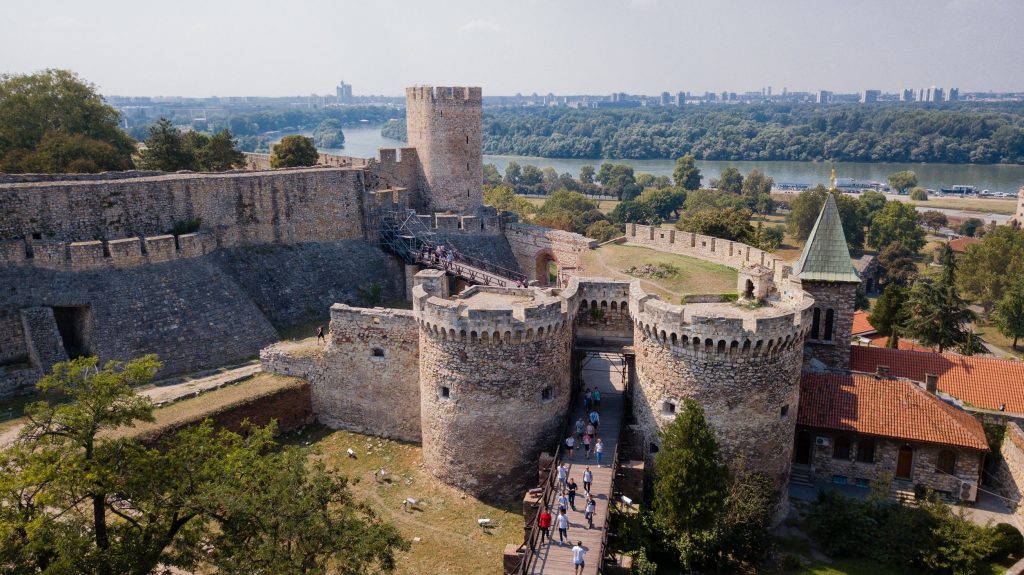
A History That Runs Deep
Belgrade is one of Europe’s oldest continuously inhabited cities, with a history that spans over 7,000 years. Known as the “White City,” it has been destroyed and rebuilt more than 40 times, bearing witness to the rise and fall of empires — from the Romans and Byzantines to the Ottomans and Austro-Hungarians.
Wandering through the city, you’ll feel this layered past everywhere. The Kalemegdan Fortress, perched atop a ridge where the Sava meets the Danube, offers panoramic views and tells stories of ancient battles. Its Roman wells, Ottoman gates, and World War II bunkers make it a living museum of European history.
Belgrade doesn’t hide its scars — it embraces them. Buildings still bear the wounds of the NATO bombings in the 1990s, but rather than erase the past, the city chooses to wear it as a testament to resilience and rebirth.
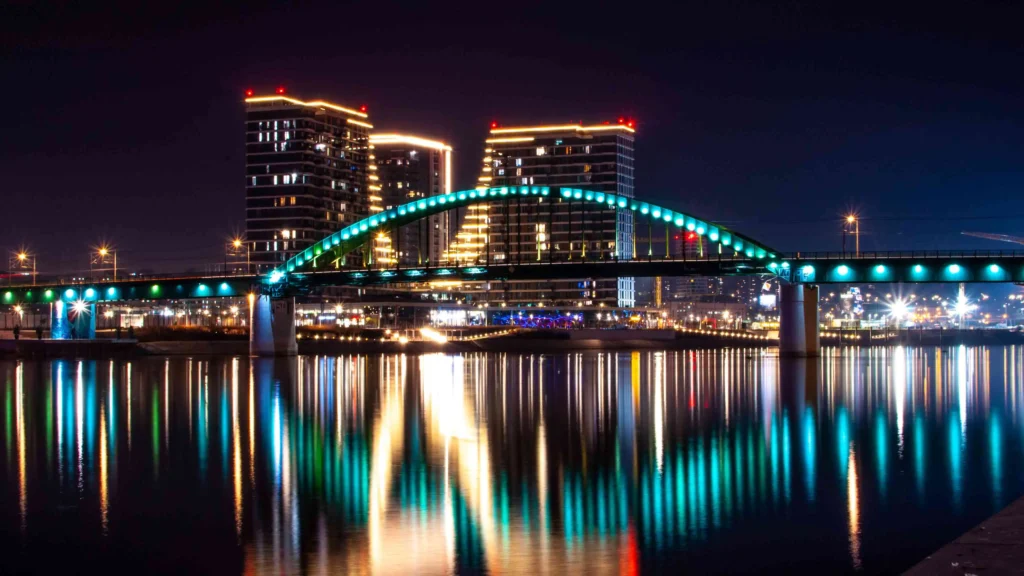
A Nightlife Scene That Rivals the Best
If there’s one thing Belgrade is becoming increasingly famous for, it’s the nightlife. Simply put, Belgrade knows how to party — and it does so with a raw, unpretentious flair.
The city’s riverbanks are dotted with splavovi — floating nightclubs that stay open until the early hours of the morning. These venues range from laid-back lounges to pulsing dance clubs, and the atmosphere is electric, no matter the night of the week.
In the city center, neighborhoods like Savamala and Dorćol boast a vibrant mix of underground bars, speakeasies, and electronic music venues. Think Berlin, but less commercialized. Local DJs and artists fuel a creative subculture that thrives outside the mainstream.
Even better? It’s remarkably affordable. In Belgrade, you can sip cocktails and dance all night without draining your travel budget — a rarity in today’s Europe.
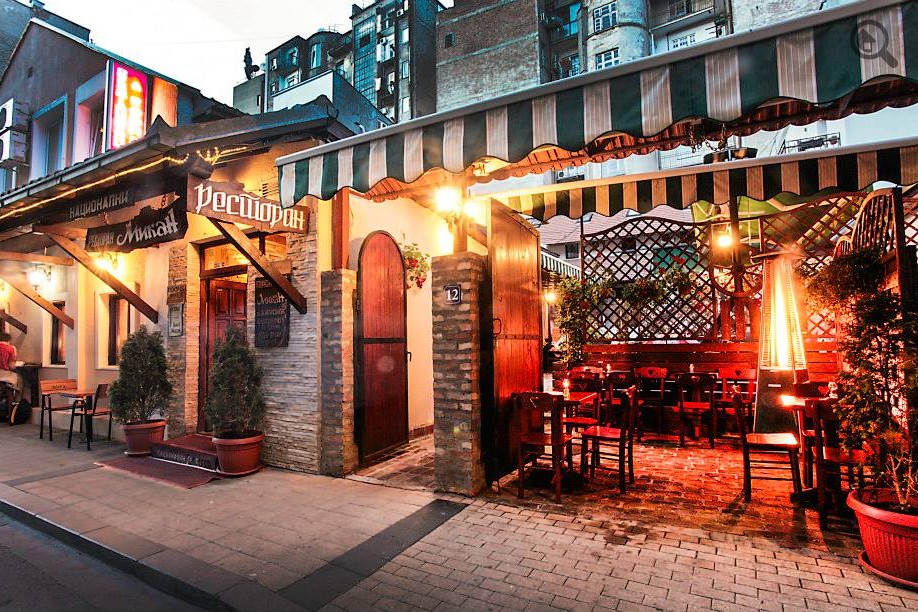
A Culinary Adventure
Serbian cuisine is an unsung hero of the Balkan region. Hearty, flavorful, and influenced by Mediterranean, Turkish, and Central European traditions, it offers something for every palate.
Start your day with burek, a flaky pastry stuffed with meat, cheese, or spinach, and pair it with a traditional yogurt drink. For lunch or dinner, savor ćevapi (grilled minced meat sausages), sarma (cabbage rolls), or karađorđeva šnicla (a Serbian version of chicken cordon bleu).
Vegetarians will find plenty of options too, with dishes like prebranac (baked beans) and ajvar (roasted red pepper spread) becoming fast favorites. And of course, no meal is complete without a glass of rakija, the potent fruit brandy that’s beloved across Serbia.
For an immersive culinary experience, head to Skadarlija, Belgrade’s bohemian quarter. Lined with cobblestone streets, vintage lanterns, and traditional restaurants (kafanas), it offers a magical mix of live folk music, delicious food, and old-world charm.

Art, Architecture, and Urban Grit
Belgrade doesn’t try to be beautiful in the conventional sense. It’s not polished like Prague or grand like Vienna. Instead, it captivates with contrasts — brutalist architecture alongside art nouveau buildings, modern cafes next to 19th-century mansions.
The city has become a canvas for street artists, with murals transforming entire neighborhoods into open-air galleries. Explore the streets of Dorćol and Savamala, and you’ll find bold artwork commenting on politics, identity, and culture.
The Museum of Contemporary Art, set against the riverbanks, offers a collection of Yugoslav modernism that feels particularly poignant in the post-communist context. Meanwhile, the National Museum of Serbia, newly renovated, houses treasures ranging from ancient Roman artifacts to masterpieces by Rembrandt and Picasso.
For fans of architecture, the Church of Saint Sava is a must-see. One of the largest Orthodox churches in the world, its soaring white dome is visible across the city skyline — a powerful symbol of national pride and spiritual resilience.
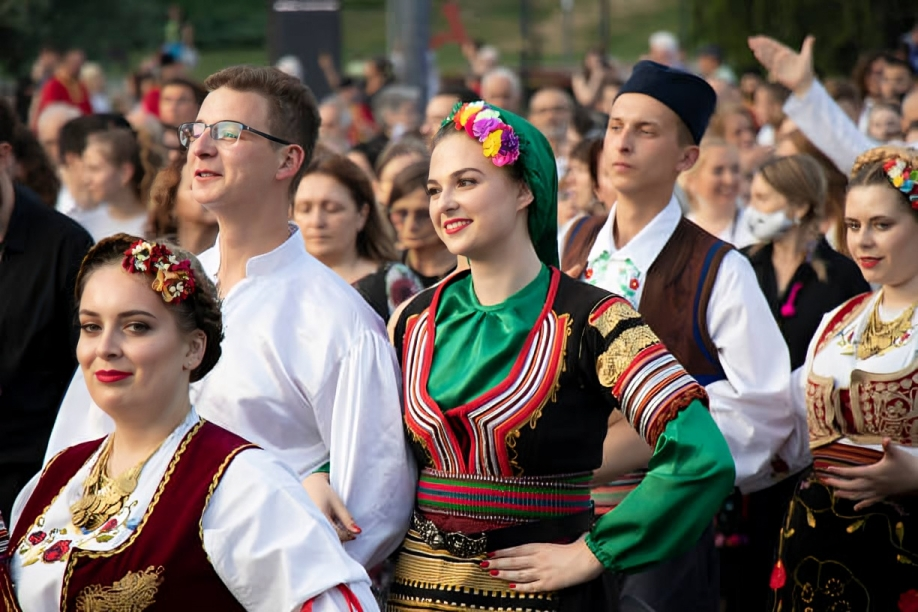
Warm, Welcoming People
One of Belgrade’s greatest assets isn’t its buildings or its bars — it’s its people. Serbians are famously hospitable and warm, always ready to help a lost traveler or share a recommendation. Though the country’s past has been complex and sometimes painful, locals are eager to show the world the Serbia of today: open, vibrant, and proud.
You won’t feel like a tourist in Belgrade. Instead, you’ll be welcomed as a guest — whether you’re sipping coffee at a corner café or dancing in a riverside club.
English is widely spoken among younger generations, and locals are often curious and excited to hear what brought you to their city. It’s this spirit of connection that leaves many visitors returning again and again.
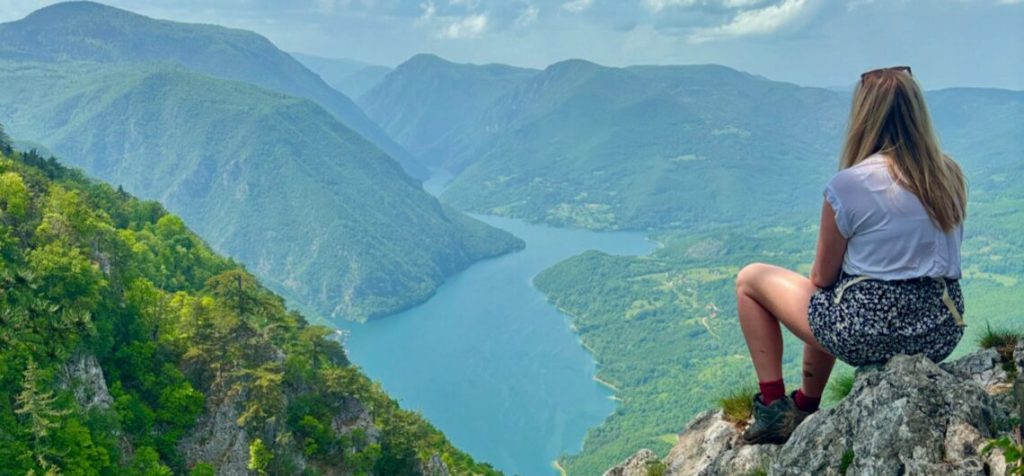
Nature and Escape Just Minutes Away
For all its urban intensity, Belgrade offers plenty of green space and opportunities for relaxation. The Ada Ciganlija, an island on the Sava River turned into a peninsula, is often called “Belgrade’s Sea.” With beaches, bike paths, water sports, and open-air cafes, it’s the perfect escape during the summer months.
You can also take a stroll through Tašmajdan Park, visit the Botanical Garden Jevremovac, or enjoy a picnic in the vast Košutnjak Forest. These green lungs of the city provide balance to the lively pace of downtown life.
If you want a deeper nature retreat, the Avala Mountain, just 30 minutes from the city center, offers hiking trails and panoramic views from the Avala Tower.
Still Off the Beaten Path — For Now
Unlike major Western European capitals, Belgrade hasn’t been swallowed by mass tourism. There are no long lines for overpriced attractions, no tourist traps on every corner. It’s a city where you can still feel like an explorer, not just a visitor.
This is perhaps the most compelling reason to visit now. Belgrade retains an authenticity that many European cities have lost. It’s raw, real, and alive — qualities that are increasingly rare in a world of curated travel experiences.
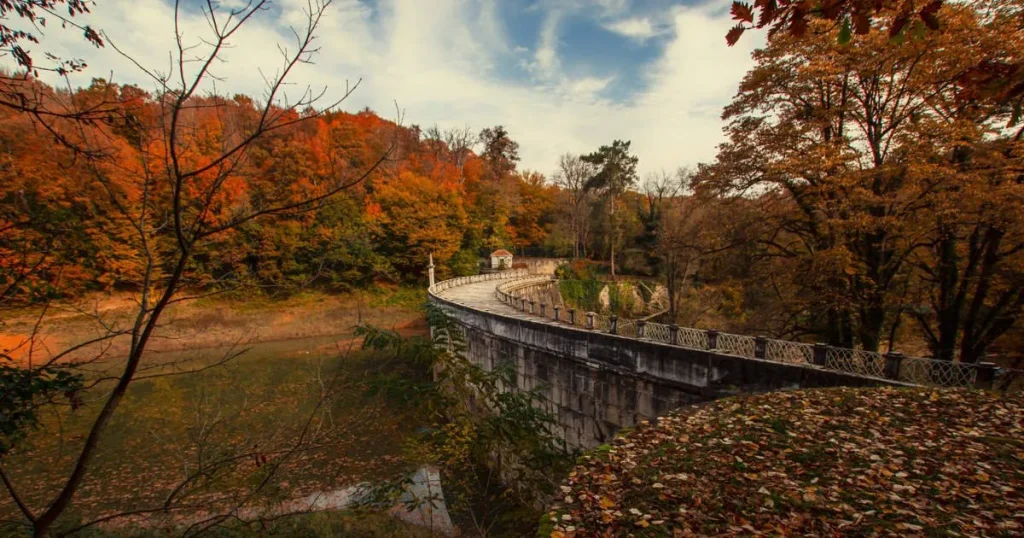
Final Thoughts
Belgrade is not for everyone — and that’s precisely its charm. It’s not the most polished or postcard-perfect city, but it’s one of the most exciting, welcoming, and culturally rich places in Europe. It challenges your expectations and rewards you with experiences you won’t find anywhere else.
So if you’re looking for a destination that offers history, nightlife, affordability, and authenticity all in one, look no further than Belgrade. Europe’s best-kept secret is ready to be discovered — but probably not for long.












1 Comment